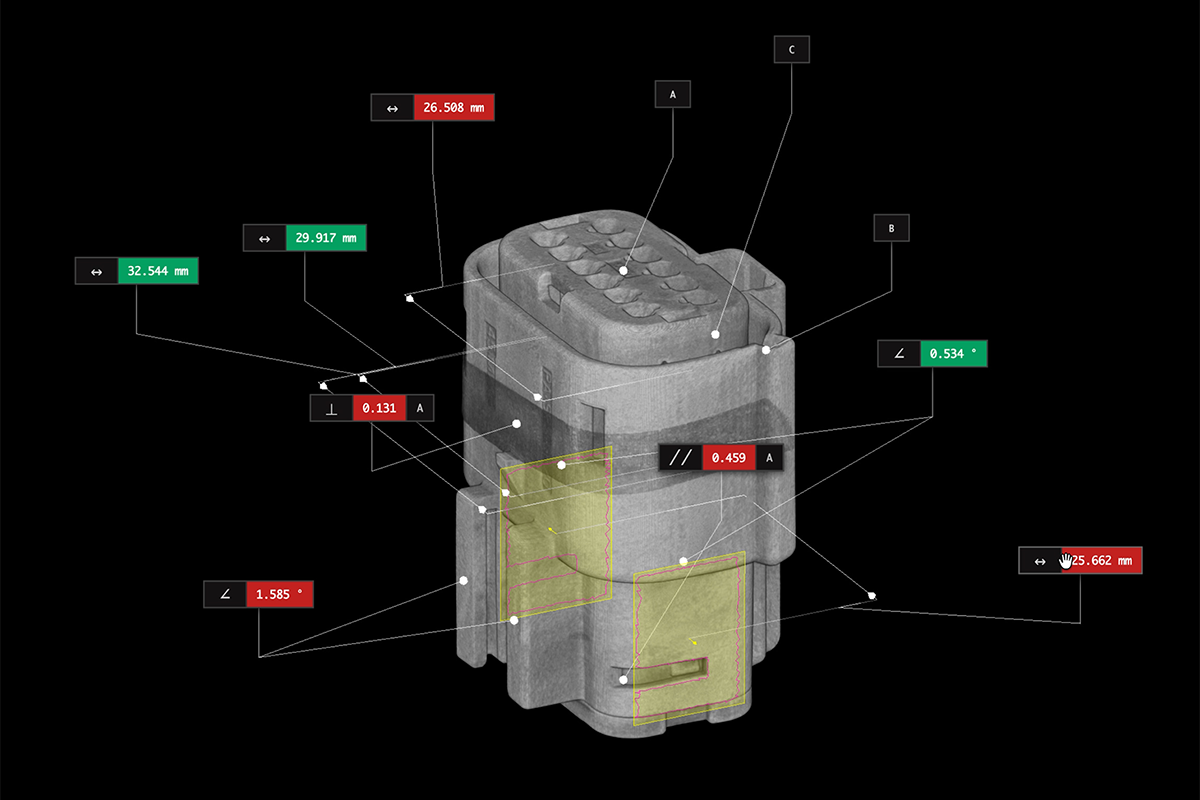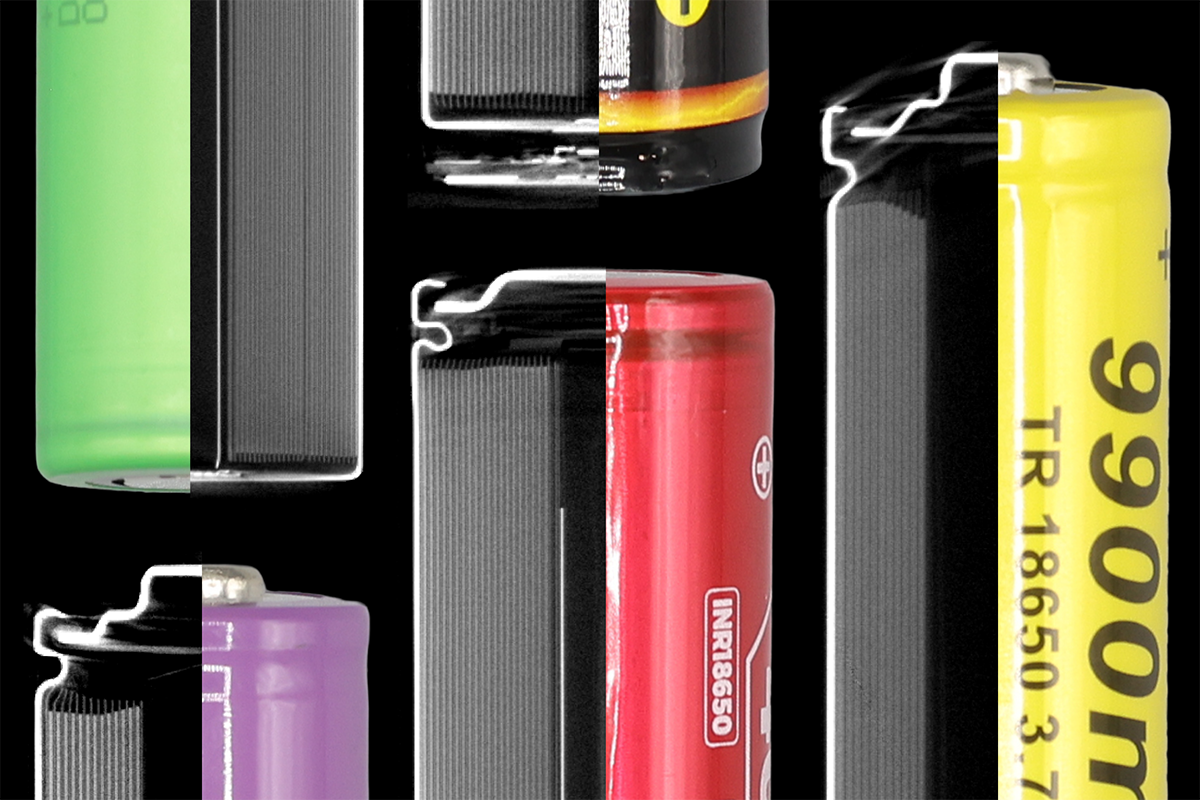Ski bindings seen through CT
When you think skiing, you think snow, jackets, boots, and—of course—skis. But this list leaves out perhaps the most important factor in the equation: ski bindings. Bindings have been so deeply integrated into the experience of skiing that we hardly pay any attention to them. Industrial CT scans show just how much bindings have evolved from the simple leather straps that first held skiers’ boots in place.
Modern ski bindings could be considered a communication technology, translating the skier’s physical inputs into control of the skis. But today’s ski bindings go far beyond the functions of connecting and steering. The process of disconnecting now takes precedence. Ski bindings have become vital safety devices, carefully engineered to quickly detach boots from skis in the event of a mishap. They reduce the likelihood of injury by interrupting a crash in progress, allowing the skier to (hopefully) land safely in the snow.

Isolating the metal components in our scan of the front of a ski binding, the first thing you notice is the large toe DIN adjustment screw. DIN is an abbreviation for Deutsches Institut für Normung, the German Institute for Standardization, and it represents the scale of industry standard release force settings on ski bindings. Usually a technician at a ski shop will set this according to weight, height, experience, and boot specifications. The screws on both the front and back bindings allow skiers to personalize the tension level for ease of release. Visual indicators show the settings as you tighten or loosen the screws.

Another key feature of the front binding is the AFD (Anti Friction Device) on the base of the binding, which minimizes friction as the boot and binding move side-to-side. With a dense, tightly-coiled spring, the AFD directs lateral force into the toe cup rather than the binding’s base. This makes the release of the boot from the toe cup easier, ensuring that it slides sideways in response to a twisting force.
The back binding, meanwhile, releases the boot upwards in response to a forward force. In the CT scans, you can see the two arms of the brakes engage at the same time as the upward release mechanism to catch in the snow and stop the ski in its tracks. And when the boot snaps back into the binding, the brakes lift from the snow for unimpeded skiing.

There’s also another prominent DIN adjustment screw in the heel, and below that lies a smaller heel track adjustment screw that can move the entire housing and heel cup forward or backward.
These ultralight construction bindings have a low profile that puts the skier closer to the snow, improves feel for the terrain, and makes for highly responsive and reliable equipment.










.png)